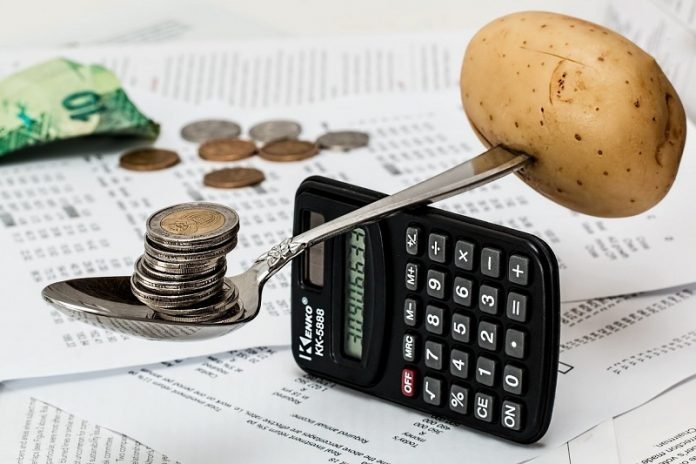
Much has changed in the U.S. financial system since the most recent financial crisis.
But one thing hasn’t changed, according to a new study from a financial researcher at The University of Texas at Austin: potential for fraud in asset-backed securities.
Without stronger penalties to discourage it, widespread concealment and falsification of information could potentially lead to another crash.
In the study, John Griffin, a finance professor in the McCombs School of Business at UT Austin, found that the role of fraud has been underestimated in the home mortgage meltdown of 2007-2009.
He synthesized more than 80 papers, along with legal settlements by 11 banks with the U.S. Department of Justice, to document its scale and its effects.
“A lot of academics think that conflicts of interest and fraud are things the media like to talk about, but they’re not of major economic importance,” he said.
“This paper and all the research that it summarizes says the opposite.
That they did play a major role in the financial crisis. Checks and balances are supposed to be in place, but a lot of them don’t work.”
The study, forthcoming and online in advance in the Journal of Economic Literature, explains how fraud grew out of conflicts of interest, among four types of players in residential mortgage-backed securities:
- Loan originators, who made their profits on volume and pricing of loans, not quality. They misreported key financial information in 48% of loans securitized by nongovernment agencies.
- Appraisers, who depended on originators for business. Despite industry guidelines against targeting appraisals to loan amounts, in 45% of loans that were securitized, the appraisal and loans exactly matched.
- Underwriters at investment banks, who earned more by securitizing low-quality loans with high interest rates and marketing them to investors as high-quality. In legal settlements with the Department of Justice, many admitted they knowingly put false figures into prospectuses.
- Credit rating agencies, which needed underwriters as clients. They often inflated ratings of mortgage-backed securities by adjusting their standard rating models. Without such adjustments, one study found, a top-quality AAA security would have fallen to a barely-investment-grade BBB.
Griffin found signs that fraud swelled the size of the housing bubble and made the crash steeper.
In California, average prices fell 45% in the ZIP codes where more than 15% of home loans involved fraud. Where less than 3% of loans involved fraud, prices fell only 5%.
“Fraud led to massive distortions in the prices of houses,” he said. “The bubble was very regionalized to those areas where fraudulent loan originations were common.”
How can fraud be prevented? Because it’s hard to detect while it’s happening, Griffin recommends stiffer penalties after the fact – for individuals, not just for banks.
He notes that although more than 1,700 bankers were convicted after the Savings & Loan crisis of the 1980s, only one U.S. investment banker has been incarcerated for the mortgage security meltdown.
The biggest fraud potential, Griffin said, is no longer with home mortgages. It’s with other kinds of securitized assets, such as commercial mortgages.
For collateralized loan obligations (CLOs), a kind of security backed by business loans, he’s found evidence that the underlying loans are riskier than the CLOs’ ratings reflect.
Such weaknesses can be hidden by a strong economy but get exposed in a weak one, he said — such as during a sudden pandemic.
“The coronavirus is a different cause, but it may have the same effect, revealing the same forces that were at work in the pre-financial-crisis period,” Griffin said.
“Market corrections have a way of revealing fraud and structural problems.”



